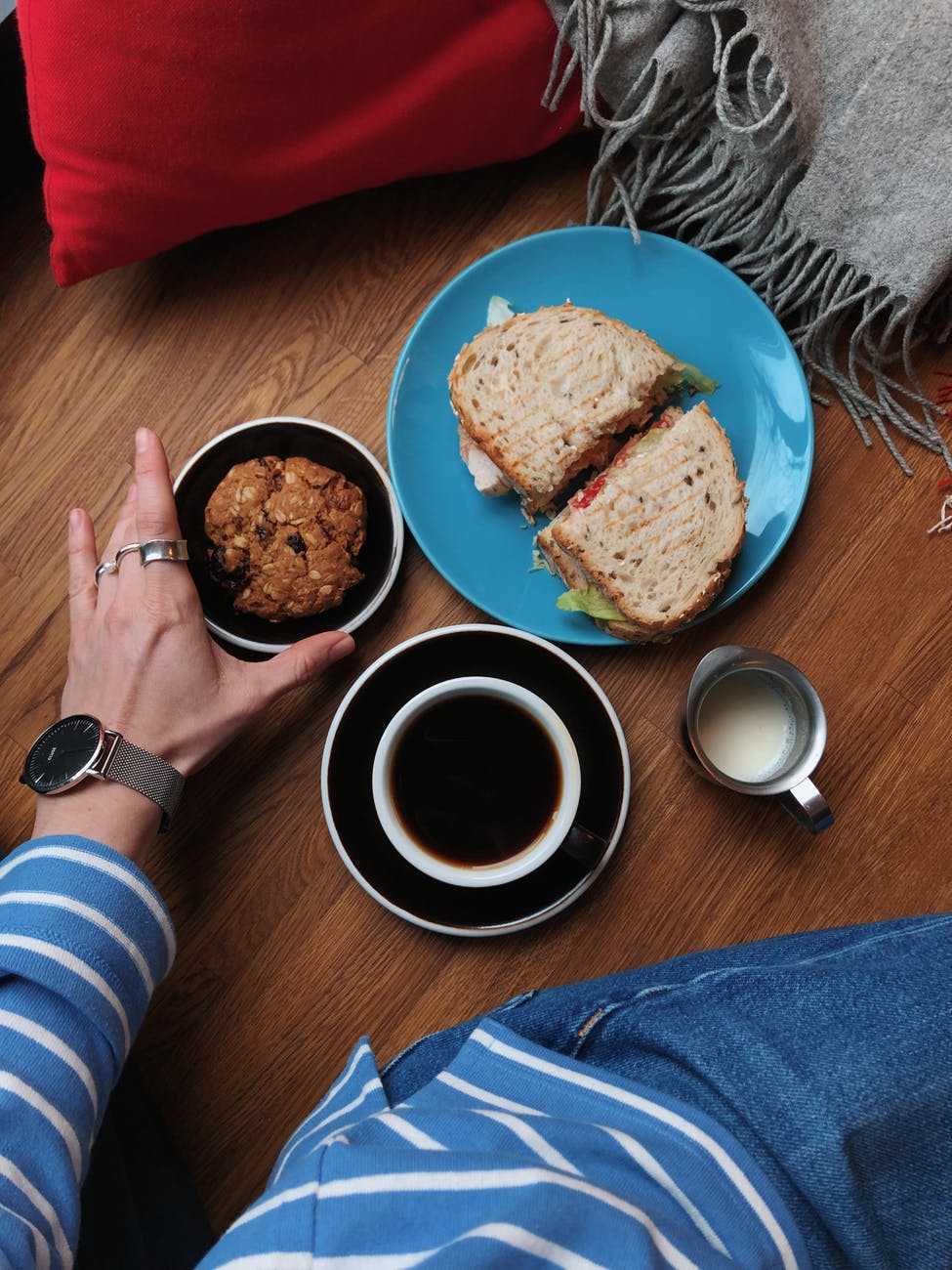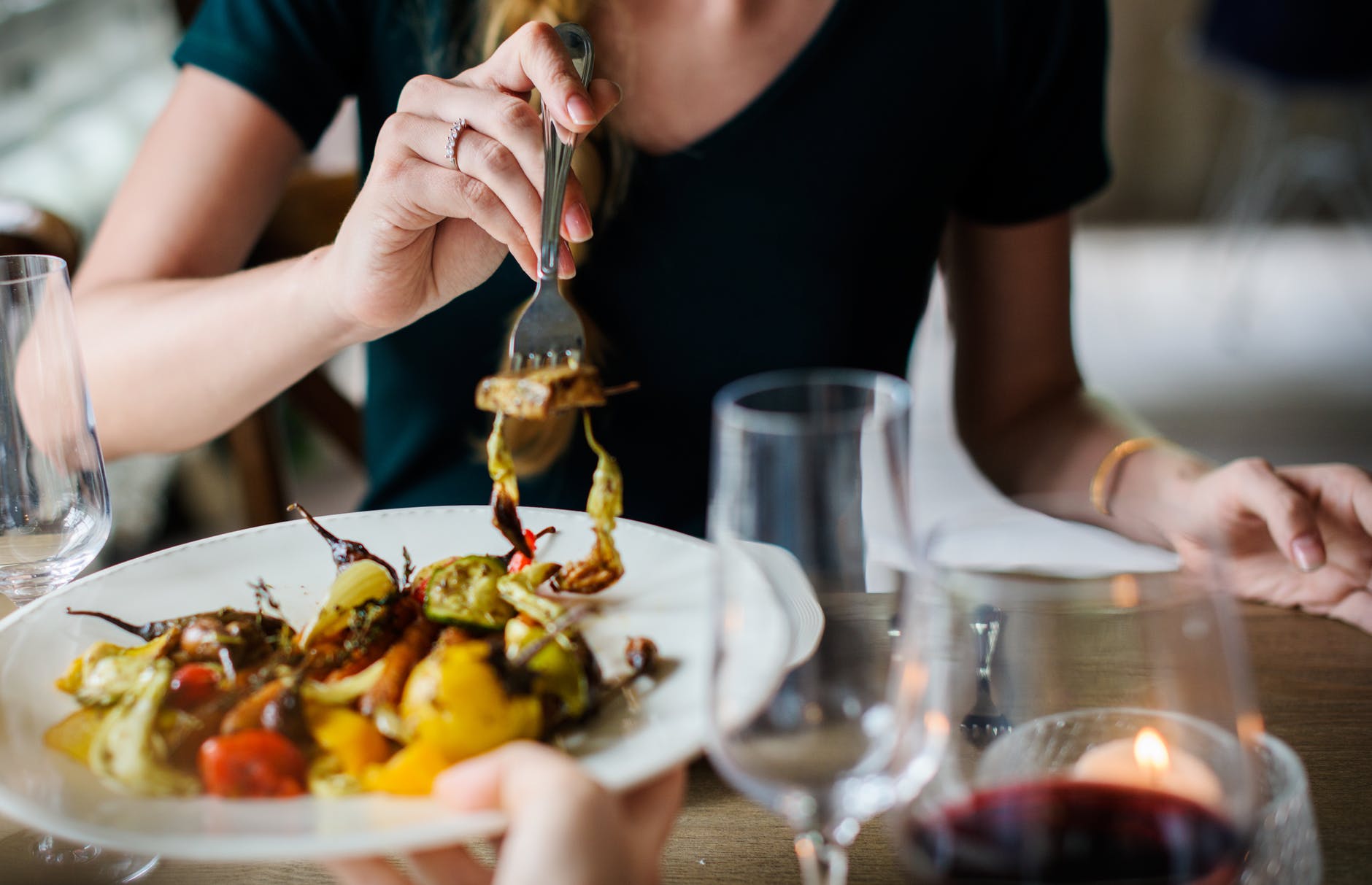In the past few years, I’ve noticed that if I go even a few hours without eating, I experience really horrible symptoms like shakiness, dizziness, extreme hunger, clamminess, nausea, weakness, and just general anxiety. At first, I wasn’t really sure what was going on. I just thought that I would get really hungry. But I knew my symptoms weren’t normal. And while the whole idea of getting “hangry” is becoming more mainstream, I knew this was much more extreme than that. Fortunately, I realized that I wasn’t the only one who felt like this.
Through my classes, some independent research, and talking to people with similar experiences, I realized that what I was experiencing was hypoglycemia, or low blood sugar, and it’s actually fairy common. And no, not the type that’s associated with diabetes. There are other underlying causes, but to be honest, I’m not really sure what the is explanation for mine. My research is far from done and I still need to talk to a doctor about it. But since I’ve been experiencing this for a while now, I’ve discovered some really valuable tips and tricks to help prevent these low blood sugar spells, or at least shorten them a bit. My hope is that if anyone is experiencing something similar, these tips will help me as much as they’ve helped me!
1. Don’t Go Too Long Without Food

This one seems like a pretty obvious one. But honestly, sometimes I forget. Even if you don’t feel hungry, you have to make sure you don’t go too long without eating energy-dense foods. It can get really annoying because you feel like you’re eating a lot when you’re not necessarily hungry. But usually these spells come on so quickly that you don’t even have a chance to feel a normal level of hunger before you become ravenous. I’ve gotten into the habit of eating small meals consistently throughout the day, since I’m more likely to forget to eat every few hours if I stuff myself with a huge meal.
2. Always Carry Snacks With You

This is another one I’ve definitely learned the hard way. You do not want to be experiencing hypoglycemia without any food around. It’s bad enough when you have food with you, but when you can’t eat anything right away, it feels like there’s no end in sight. Plus you put yourself at risk of fainting which obviously isn’t good. I’ve learned that it’s best to carry foods that have refined carbs or sugar so they can quickly get to your bloodstream, making you feel better quicker.
3. Be Mindful When You Drink Caffeine

As we all know, caffeine speeds up your metabolism. So even though it might make you feel full for a little while, you’ll reach low blood sugar more quickly than you would without having had caffeine. This doesn’t mean that you can’t or shouldn’t drink your morning coffee. It just means you should really make sure you’re not going more than a few hours without food when you do. I personally know I shouldn’t go more than an hour without food when I’ve had coffee, but it’s different for everyone. You have to figure out what’s right for your own body.
4. Keep Juice in the Fridge

This is one that I’ve recently started doing. One time, I was going to get a blood test done, but I could tell my blood sugar was getting low. The phlebotomist told me to drink some apple juice and handed me a bottle. I felt so much better after drinking it and realized that I didn’t necessarily need to eat something to feel better. I could just drink something with sugar in it and that would help raise my blood sugar just as quickly if not more quickly. Now I keep a bottle of juice in my fridge, for those times when I forget to eat and then need a quick sugar fix. It’s been really helpful and I wish it was something I had thought of sooner!
5. Carry Glucose With You

Whether it’s in the form of tablets or gummies, I’ve found that carrying glucose around with me is an absolute lifesaver. It hits your system quicker than eating does (at least for me) and it’s so easy to carry around! It’s definitely annoying to have to always carry food with you. So if you’re going out for drinks with friends or somewhere that you don’t really want to carry food, these are great to have. You could probably do the same thing with a few pieces of candy too, if that’s what you prefer.
If you feel like you might have hypoglycemia in some capacity, you should talk to your doctor or RD. But you’ll also have to figure out how to cope with it, before and after you meet with them. I’ve found these 5 things to be extremely helpful for me over the past few years. And not everyone should have to learn them the hard way. So give them a try!


4 responses to “5 Tips for Living With Hypoglycemia”
Great article! I have hypoglycemia and if I go too long without food, I get HANGRY! I completely agree with all of your tips. I’ve found I’m so much better off when I carry an apple, nuts or glucose/carb-rich energy chews. I would add that it’s always a safe bet to have a meal or snack before going out…a handful of granola before a work, a sandwich before running errands, etc.You really capture the crux of it–plan ahead, so you’re never caught off guard. Thanks for this! 🙂
That is so true!! Thanks for the added tip!
[…] It does something similar with sugar as well. Soluble fiber has been shown to lower blood sugar levels because the blob slows the digestion rate of carbohydrates. This prevents sudden spikes or dips in blood sugar. This is especially helpful for diabetics or those with hypoglycemia. […]
[…] snacking consistently rather than eating 3 larger meals each day. This is personally because I have hypoglycemia, and can’t let me blood sugar get too low. But there are many other reasons why someone might […]